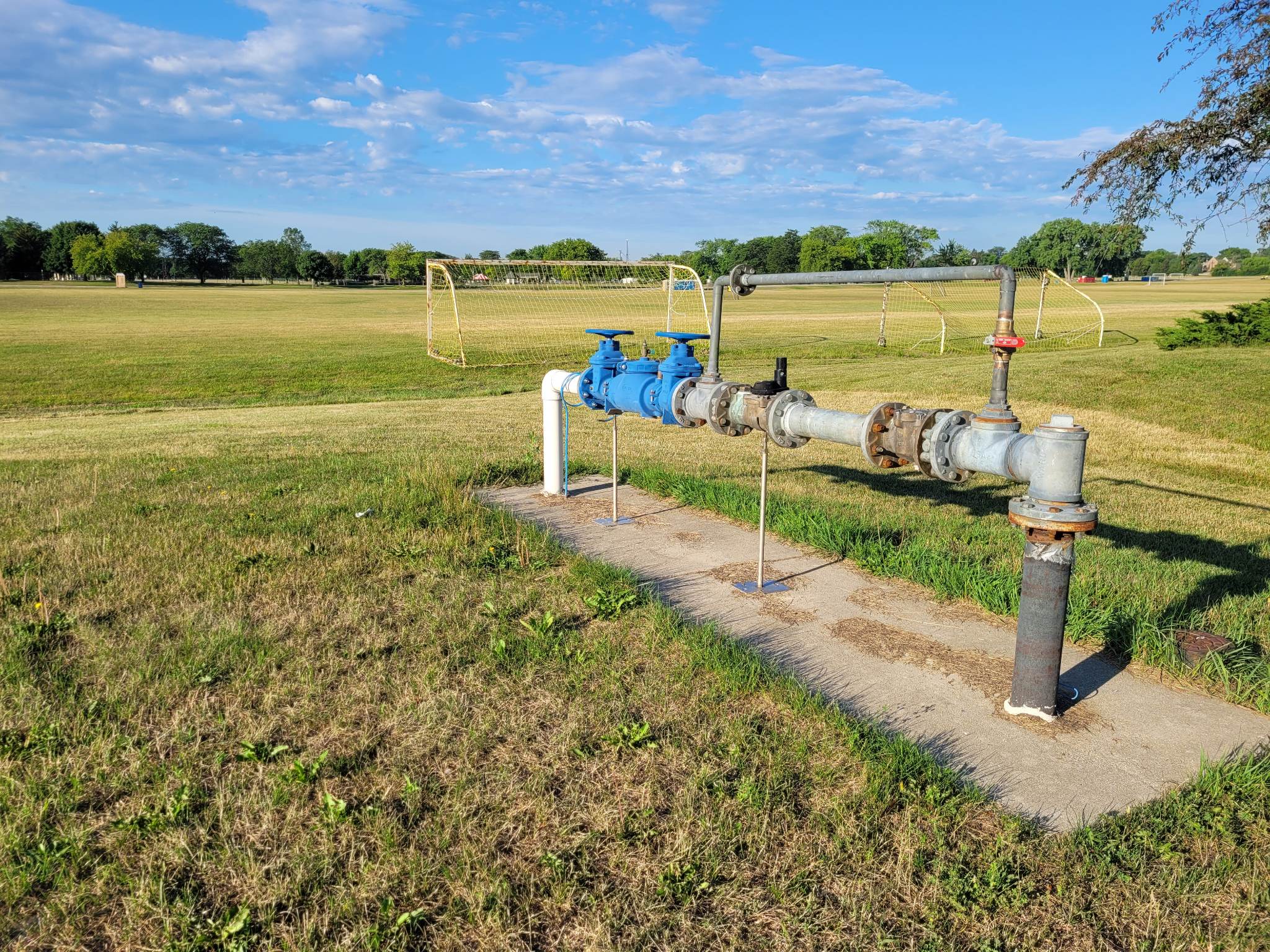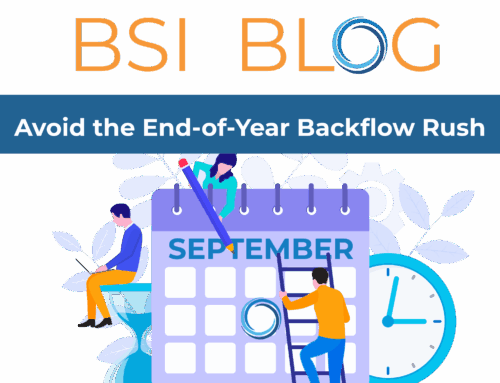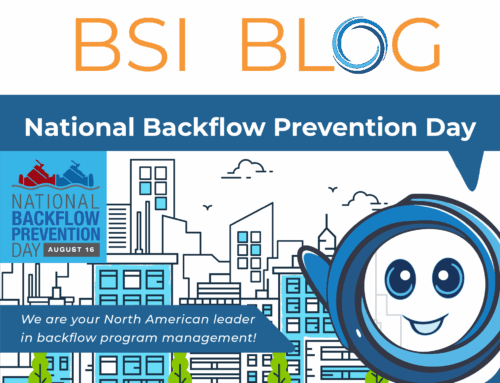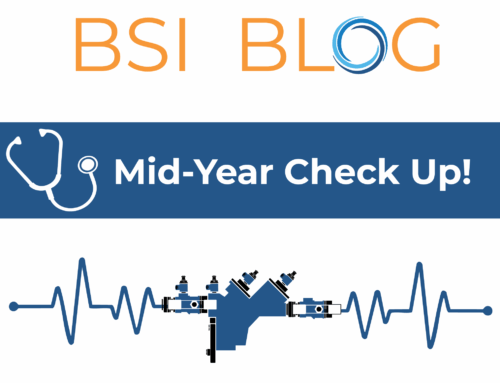As the weather begins to get warmer, this means all the fun activities that come along with the spring and summer months. Higher temperatures and higher water usage go hand in hand, which can put a strain on water purveyor’s water usage. This is why it is everyone’s responsibility to ensure that their community has safe potable water by having a proper backflow program in place to avoid backflow incidents caused by cross-connection contamination. Water flows from the public water supply to the consumer’s plumbing distribution system. Backflow is the undesirable reversal of this flow of water and undesirable substances from the non-potable source to the potable source.
Some areas in the community where backflow prevention is crucial that we often don’t think about are swimming pools, laundry mats, gas stations, dental offices, sprinkler systems, hospitals, and morgues. In these settings, as well as many others, backflow incidents without proper cross-connection control can be incredibly dangerous.
A cross-connection is any actual or potential connection between the public or consumer’s potable water system and any non-potable source or substance that presents a hazard to the quality of the public or consumer’s potable water system. Therefore, cross-connection control is the management or “control” of these cross-connections to protect public safety by preventing backflow incidents within the public or water consumer’s potable water system.

Cross-connections are protected either through containment or isolation. Ideally, for an effective cross-connection control program, there will be a hybrid of both containment and isolation protection working in correlation. Containment is cross-connection protection located at the consumer’s water service or meter. This level of protection contains the entire facility/protects the public water supply from the consumer’s plumbing system. However, it does not provide cross-connection protection internally within the facility. Isolation is cross-connection protection located within the water consumer’s facility and isolates the hazard at the point of use. This protects the individuals within a facility from contamination or pollutant hazards from entering their internal plumbing system.
A backflow incident is caused by either back pressure or back siphonage. Backpressure is created when the pressure within the customer’s system becomes greater than the water supply pressure. Elevated tanks, heating systems and booster pumps are some of the main causes of backpressure. Back siphonage is created when there is a negative or reduced pressure in the water supply main. Water main breaks or hydrant flushing are two of the main causes of back siphonage.
Depending on the non-potable source or what the substance is, cross-connections are generally classified as high hazard or low hazard. Since there is no consensus about standards for defining and differentiating between a high and low hazard, each state (and on occasion the local public water supply) will define for themselves the criteria for each hazard. However, there is a commonality among the definitions.
Backflow incidents can not only be incredibly costly, but they are also very dangerous. This is why it’s important to make sure your home or business has a backflow device in order to protect your family and community.












